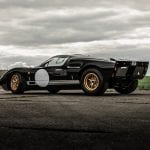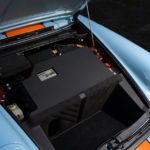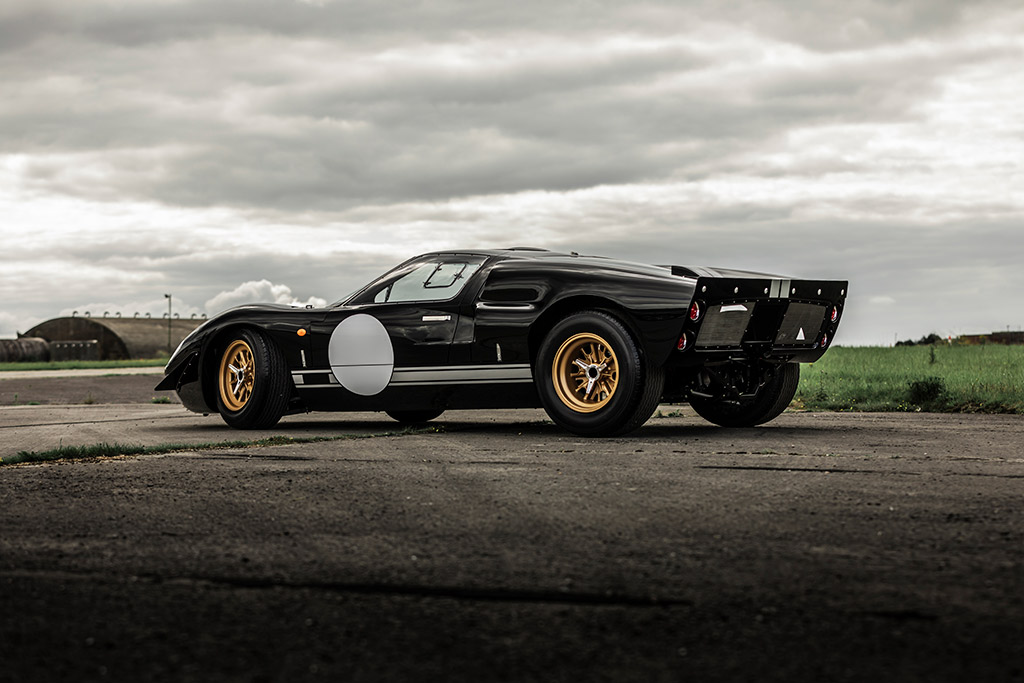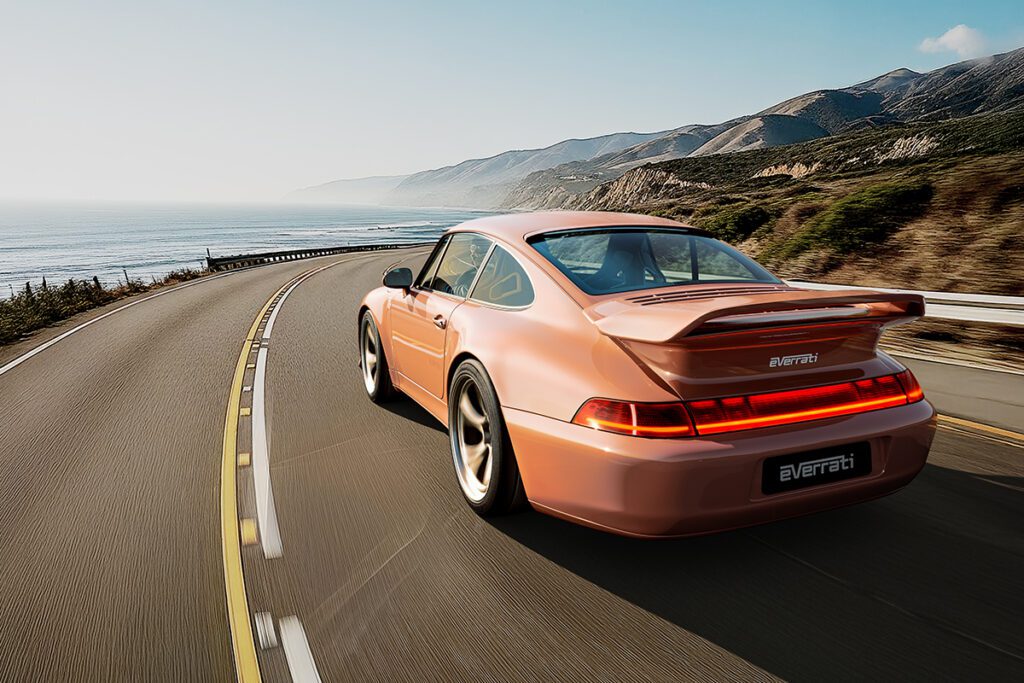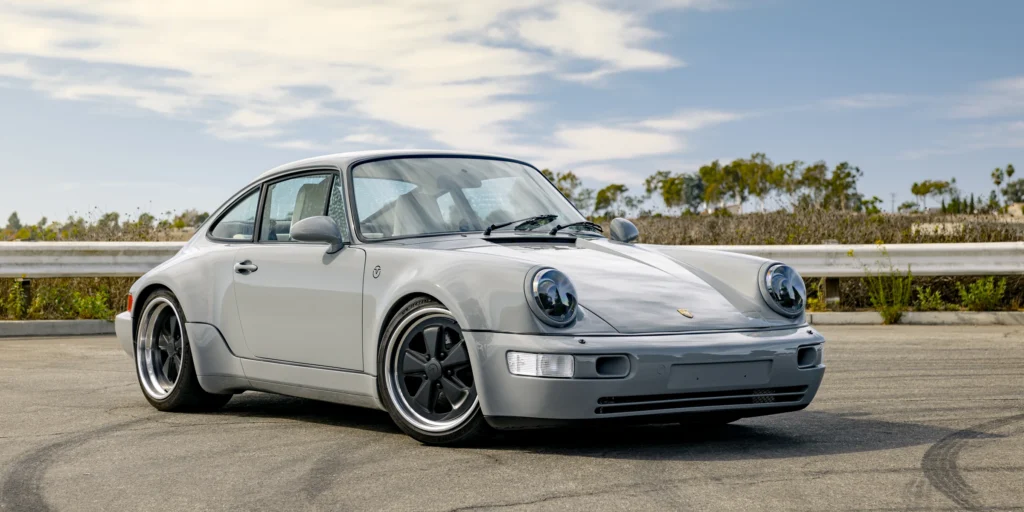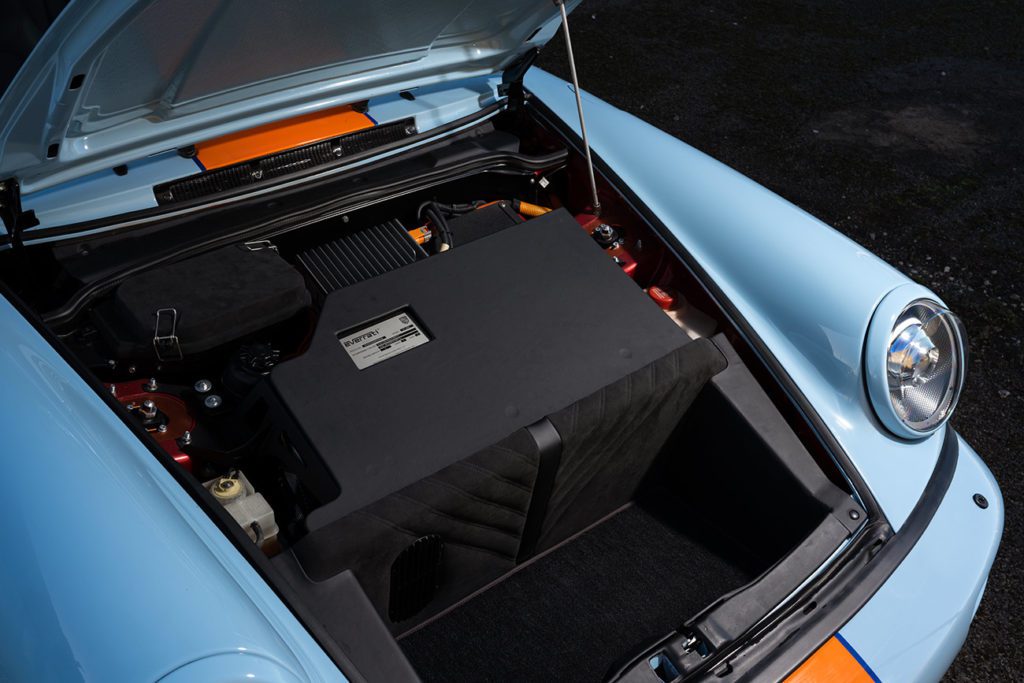Electric vehicles may be shaping the future, but their story began over a century ago. Long before high-capacity batteries and regenerative braking, the first electric car offered a glimpse of a cleaner, quieter way to drive. For a company like Everrati where innovation, sustainability, and heritage intersect, understanding this origin isn’t just history: it’s legacy. It’s proof that truly great ideas never go out of style.
The First Electric Car: A Historical Breakthrough
The first electric car wasn’t a Tesla. It wasn’t even from the 20th century. It was an intriguing, battery-powered contraption called the Electrobat, built in 1894 by chemist Pedro Salom and engineer Henry G. Morris in Philadelphia. Inspired by electric streetcars and motivated by the need for cleaner urban transportation, the Electrobat was designed as an alternative to the smoke, noise, and unreliability of internal combustion vehicles.
The Electrobat was built with a steel frame and powered by lead-acid batteries – a technology that was considered cutting-edge at the time. Despite being heavy and limited in speed to only about 20 km/h or 12 mph, the Electrobat was an engineering marvel for its time. It could travel roughly 25 miles on a single charge, a remarkable feat for the 1890s.
What truly set the Electrobat apart was that it wasn’t just a one-off experiment. Salom and Morris saw commercial potential. By the late 1890s, they had developed a fleet of Electrobats operating as electric taxis in New York City. These cabs, complete with battery-swapping systems, marked one of the first attempts at commercial electric mobility. It was the dawn of a new era.
As an early pioneer, the Electrobat laid the groundwork for what would later become the first electric production car. Its influence helped shape the future of automotive design and innovation, reminding us that forward-thinking has always been a cornerstone of progress.
Growth and Popularity of Early Electric Vehicles
By the turn of the 20th century, early electric cars were not oddities but serious contenders in the future of transportation. In fact, between 1900 and 1912, electric vehicles accounted for over a third of all vehicles on the road in the United States.
First, early electric cars were much easier to operate than gasoline-powered cars since they didn’t require gear shifting, didn’t need manual cranking to start, and were far quieter and cleaner than their combustion counterparts. This made them especially popular among urbanites and women drivers who appreciated their simplicity and comfort.
Prestigious brands like Detroit Electric and Baker Electric offered beautifully crafted EVs that catered to the upper class, boasting luxurious interiors with fine woods and upholstery, and were often marketed as premium products. Clara Ford, the wife of Henry Ford, famously drove a Detroit Electric vehicle – a testament to the apparent refinement and practicality of electrification.
Infrastructure was another factor. Urban centers had relatively good access to electricity, so owners could charge their vehicles at home or in public garages. For city driving, the electric car was ideal.
Meanwhile, inventors like Thomas Edison and Ferdinand Porsche contributed to electric vehicle innovation. Edison experimented with improved battery chemistries, while Porsche created an early hybrid vehicle known as the Lohner-Porsche Mixte Hybrid in 1901.
Challenges and Decline of Early EVs
Despite their early promise, the momentum behind early electric cars began to fade by the 1910s and 1920s.
Perhaps the most significant was the advancement of internal combustion engine technology. The invention of the electric starter in 1912 eliminated the need for dangerous hand cranking, one of the electric vehicle’s major advantages. As gasoline engines became easier to use, their appeal grew.
At the same time, Henry Ford’s assembly line brought down the cost of gasoline-powered cars. The Model T became accessible to the masses, and its affordability quickly overshadowed more expensive electric alternatives.
Infrastructure also played a critical role. While electricity was available in urban areas, rural America, where much of the population lived, had little to no access to reliable electric grids. Gasoline, though, is easy to transport and could be stored and sold virtually anywhere.
Also, battery technology simply couldn’t keep up. Lead-acid batteries remained heavy, expensive, and limited in range. The lack of innovation in energy storage during this period sealed the fate of many electric automakers.
By the 1930s, early electric cars had all but disappeared. What had once seemed like the future was relegated to museums and archives. But the spark wasn’t entirely gone.
EV Rebirth and Modern Influence
The second half of the 20th century saw sporadic interest in electric mobility. The oil crisis of the 1970s again sparked the development of electric prototypes and hybrid concepts. Automakers experimented with EVs, but none managed to achieve lasting success.
It wasn’t until the late 1990s and early 2000s that things began to change. Vehicles like the GM EV1 demonstrated modern electric mobility’s feasibility. Then came Tesla.
Founded in 2003, Tesla redefined what an electric vehicle could be. The Roadster offered performance that rivaled sports cars, while the Model S introduced long-range, high-performance electric luxury. Suddenly, the EV was no longer a compromise. It was the cutting edge.
This shift wasn’t just technological but cultural. Consumers began to embrace sustainability. Cities and governments pushed for greener transportation. Charging networks expanded. And other automakers followed, launching their own electric models.
Electric car resurgence has roots that reach all the way back to the first electric car. Interestingly, the same motivations exist today: clean energy, refined driving, and innovation.
Going Electric with Everrati
At Everrati, we see ourselves as part of this continuum, honouring the spirit of the first electric car while leading the charge into the future. Our work goes beyond conversion. It’s a full reengineering process that combines heritage with cutting-edge EV technology. We transform icons like the Porsche 911, Land Rover Series IIA, and the Mercedes-Benz SL into zero-emissions masterpieces. Each vehicle is a blend of timeless design and modern performance.
One of our core principles is engineering integrity. We meticulously match or improve the original weight distribution of each of our classic electric vehicles to preserve its handling characteristics and driving dynamics. It’s about ensuring that every car we build retains the soul and spirit of the original.
Where the Electrobat offered originality, Everrati offers refinement. Where early EVs struggled with range and infrastructure, we offer fast charging, long range, and advanced battery systems. We engineer with precision, build with craftsmanship, and tailor each car to the individual preferences of our discerning clients.
In many ways, the first electric production car planted the seeds of what we do today. It set in motion a vision of a world where driving can be elegant, sustainable, and exhilarating. At Everrati, we bring that vision to life.
For us, going electric is more than a technological shift. It’s a renaissance; a revival of the values that have always defined the very best of automotive engineering.


